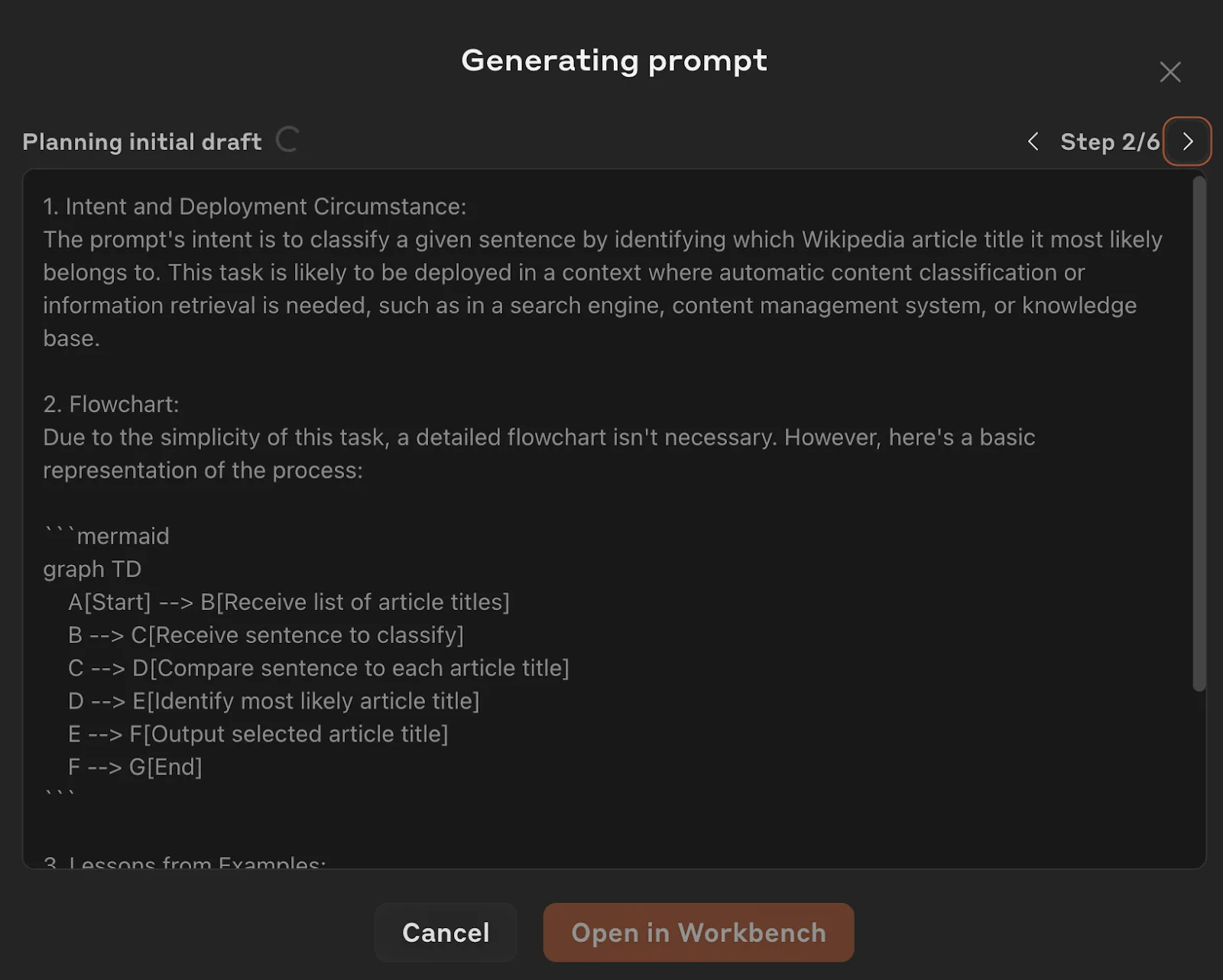Claude d’Anthropic: Mastering the Art of Prompting to Fully Utilize AI
In the age of artificial intelligence, a new technical skill is emerging as essential: prompt engineering. Whether it’s generating text, code, or analysis, knowing how to effectively communicate with an AI like Claude, developed by Anthropic, can make the difference between a vague result and an accurate response.
Anthropic has recently released a comprehensive guide dedicated to the art of prompting, to help users unlock the full potential of its AI. Here’s what you need to keep in mind to learn how to “speak AI” — and make Claude your everyday ally.
Adopt the Right Mindset: Claude is Brilliant… But Forgetful
Before you type anything, it’s important to shift your perspective, explains Anthropic. Think of Claude as a brilliant but newly hired employee who is amnesiac. It’s fast, capable, but retains no memory between sessions and follows your instructions precisely.
To make the most of its capabilities, you need to clearly define the framework:
- What is your goal?
- Who is the intended audience for the response?
- What exact result do you expect?
Fortunately, Claude even offers an integrated prompt generator, which is useful for structuring initial requests.
Be Explicit, Structured, and Precise
A good prompt is a clear, unambiguous prompt. The AI will not infer the tone or purpose of your request if you do not specify it.
Anthropic recommends clarifying the target audience (e.g., “high school students,” “executives”), stating the intention: inform, persuade, entertain… and using numbered steps or list instructions to guide Claude step by step.

Provide Concrete Examples
One of the best ways to receive responses that meet your expectations is to demonstrate what you are looking for. This is known as multi-shot prompting.
Are you requesting a blog introduction, a financial summary, or a code snippet? Provide two or three well-constructed examples. This allows Claude to imitate the desired tone, style, and structure. It also reduces errors and enhances response coherence.
Encourage Step-by-Step Thinking
Another powerful technique is called Chain-of-Thought prompting. This involves asking Claude to reason step-by-step rather than rushing to a final answer.
This progressive thought process improves the logic, accuracy, and rigor of responses. It is particularly useful for complex tasks such as data analysis, problem-solving, and planning or debugging.
Assign a Role to Claude
A prompt becomes more effective when you define a role for the AI. This technique, known as “role prompting,” allows immediate adaptation of style, terminology, and language level to the situation.
For example:
- “You are an SEO writer,”
- “Act as a sports coach,”
- “You are a digital artist specializing in pixel art.”
Claude will adjust to the universe and expectations of the designated profession.
Reducing Hallucinations: Prioritize Verification
Like all language models, Claude can generate fabricated information, known as hallucinations.
To mitigate this issue:
- Allow Claude to respond with “I don’t know” when in doubt,
- Ask it to review and correct itself once a response is generated,
- Require sources, links, or citations to support its claims.
These cross-checks are crucial if you use Claude for technical, legal, or journalistic content.
Usage Limitations: Claude Code Under Pressure
Although prompt engineering applies to all use cases, it’s important to note that Claude Code, the developer-specific version, is currently subject to increasingly strict usage restrictions. Some users have reported that quotas are no longer reliable and that unexpected blocks may occur.
Writing a good prompt is not a minor detail. It is the key to unlocking the full potential of an AI like Claude. This is neither magic nor a skill reserved for experts. It’s a methodology that anyone can learn with a bit of practice.
As Anthropic explains, it’s not the AI’s job to guess what you want. It’s your responsibility to explain it precisely, structurally, and logically. Artificial intelligence then becomes a genuine tool for productivity, creativity, and analysis — provided you know how to communicate with it effectively.




